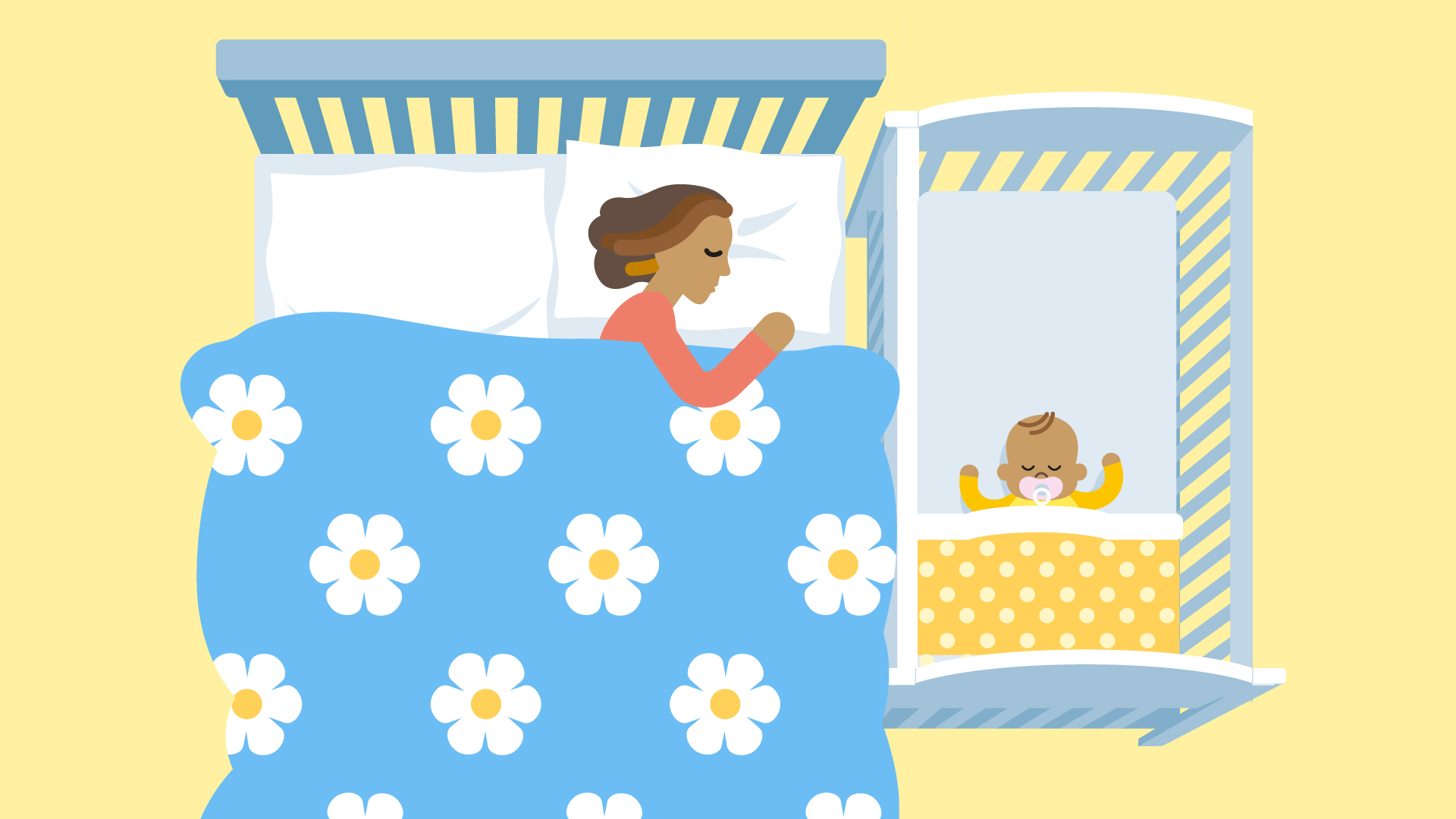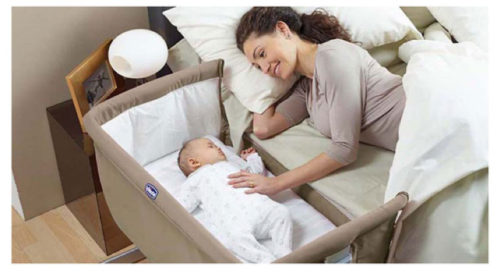Roads & PavementRoads & Pavement
Barefoot
Minimal
Low
Medium
High
Maximal
All around running shoes offer comfort and cushioning for daily runs, jogs, walks, and long mileage. They offer enough versatility for both faster and slower runs and are a great option for those who want one running shoe to do it all.
Fast run or uptempo running shoes are lightweight and responsive. They offer streamlined designs that have minimal uppers and offer a high level of energy return. These shoes are a great option for faster runs in the week or those looking for a livelier experience.
Max Cushion shoes offer premium cushioning with ample ground protection and a stable ride. These types of shoes provide abundant impact protection that softens landings while running at any pace or distance. These types of shoes are best for slower recovery runs and easy days where comfort takes priority.
Racing shoes are designed with optimal performance in mind. These types of shoes have snug-fitting uppers, energetic midsole foams, and features implemented for maximum efficiency. These types of shoes are best for runners looking to gain the ultimate advantage in races but may sacrifice some durability and comfort.
Gym Workout shoes offer a stable and versatile ride. They have a firmer underfoot feeling that provides stability for lateral movements with comfortable uppers. These types of shoes are best for trips to the gyms, cross training, casual wear, and light running. Little Clarity For Parents Wondering Where Their Infant Should
Road running shoes feature smooth outsoles that are designed for running on paved surfaces such as roads, sidewalks, and bike paths.
Designed to handle most trail runs, these shoes prioritize comfort and a smooth ride. These shoes are great for anything from smooth singletrack, park trails, and fireroads making them ideal for those who run from their doorstep on streets before hitting the trail.
These shoes are best used for hard, rugged trails such as shale, granite or sandstone where grip on smooth surfaces and underfoot protection are important.
Designed for use in muddy, soggy conditions, these shoes feature very aggressive outsoles that dig deep into soft ground for exceptional traction.
These shoes feature technical outsoles designed to grip snowy and icy trails making them ideal for winter trail running.
Cushioning level, or stack height, refers to how much shoe is between your foot and the ground. For this category, we reference the amount of cushioning below the forefoot as the heel height will be equal to or greater than the forefoot height.
5 baby room sharing tips to reduce the risk of injury and SIDS
0-13mm. The Shoe generally does not have a midsole and feels like there is no cushioning. This shoe is all about feeling the ground underfoot.
14-18mm. The shoe has a thin midsole that allows for a natural running experience. Racing shoes and minimalist shoes are common here. These shoes offer a feeling of being connected to the road or trail.
19-23mm. The shoe has a slightly cushioned feel and may feature added cushioning technologies. Performance training shoes and some trail shoes are common here. These offer protection during footstrike but prioritize a lightweight, grounded experience.
24-28mm. These shoes have a stack height that fall near the middle of the spectrum.The shoes in this category are verstaile and great for all types of runs and distances.
29-34mm. The shoe has a thick midsole and ample cushioning. These shoes are highly protective and absorb more impact than the body.
35mm plus. The shoe has an extremely thick midsole and extra cushioning. The focus is on protection and soft foam underfoot with hardly any ground feel.
Neutral shoes support the foot through a normal range of arch collapse and generally do not have a built-in technology to correct movement.
Stability shoes are a great option for those who overpronate or need added support. These shoes help to limit the inward rolling motion of the ankle while running or walking and assist in guiding the foot straight through the gait cycle. Room sharing with your baby may help prevent SIDS but it means
Product Details:
Are Your Toddler and Baby Sharing a Room Tips and Tricks for Room deals, Safe Sleep For Your Baby deals, The Best Room Temperature for a Sleeping Baby deals, How Long Should A Baby Sleep In Your Room Dreamland Baby deals, My Baby Won t Sleep Now What deals, Should My Baby Sleep in My Room Loudoun Pediatric Associates deals, Keeping a Sleeping Baby Safe Part 5 Community Health Choice deals, Where Should My Baby Sleep Babywise.life deals, Co sleeping with babies Raising Children Network deals, How To Share A Hotel Room With Your Baby Or Toddler Sleep deals, Kids coming into my room I don t mind. Your Modern Family deals, When and how to transition your baby to their own room Huckleberry deals, Top tips to turn your baby s room into a sleep oasis Life deals, Creating a Cozy Space for Your Baby deals, When Should Babies Sleep in Their Own Room deals, Baby Sleep Temperature Guidelines Pampers deals, When to Transition Baby From Your Room to Their Own Space Baby deals, When Is It Safe for My Baby to Sleep with a Blanket deals, How to Stop Co Sleeping With Your Toddler Tips for Transitioning deals, How to Transition Baby Into Their Cot and Own Room deals, How Does the Temperature of the Room Affect Your Child s Sleep deals, Little Clarity For Parents Wondering Where Their Infant Should deals, How Room Sharing Affects Baby s Sleep The Baby Sleep Site deals, Amazon Nueplay Baby Sleep Soother with Lullaby Songs White deals, Co sleeping With Your Newborn Baby Hubble Connected deals, When Can a Baby Sleep in Their Own Room And How to Move Them deals, The Best Temperature for Sleep deals, 7 Weird AF Things About Co Sleeping Because Biology Is Bizarre deals, Tips for room sharing with your baby Huckleberry deals, Where should my baby sleep A guide articles support NCT deals, Red Nose Australia deals, When to Move Baby to His Own Room deals, Until what age should a baby sleep in her parents room Quora deals, 10 Benefits of Baby Sleeping in Their Own Room From Birth deals, How to Get a Baby to Sleep Well While You re Traveling deals, YOUR GUIDE TO MOVING YOUR BABY INTO THEIR OWN ROOM Online4baby deals, How Long Should Your Baby Sleep in Your Room LoveToKnow deals, White Noise for Babies Pros and Cons deals, When To Move Baby to Own Room Babywise Mom deals, How Long Should Your Baby Sleep In Your Room deals, Know When Babies Should Sleep in Their Own Room Complete Baby deals, Room Sharing BASIS deals, Sharing a room with your baby The Lullaby Trust deals, Room sharing with your baby may help prevent SIDS but it means deals, 5 baby room sharing tips to reduce the risk of injury and SIDS deals, Little Clarity For Parents Wondering Where Their Infant Should deals, American Academy of Pediatrics Babies should sleep near their parents deals, When Your Baby Is Your Roommate The New York Times deals, When Should Babies Sleep in Their Own Room deals, Ultimate Guide To Room Sharing With Your Baby Gear You Need deals, Product Info:
Baby sleeping in your room deals.
- Increased inherent stability
- Smooth transitions
- All day comfort
Model Number: SKU#6922303





